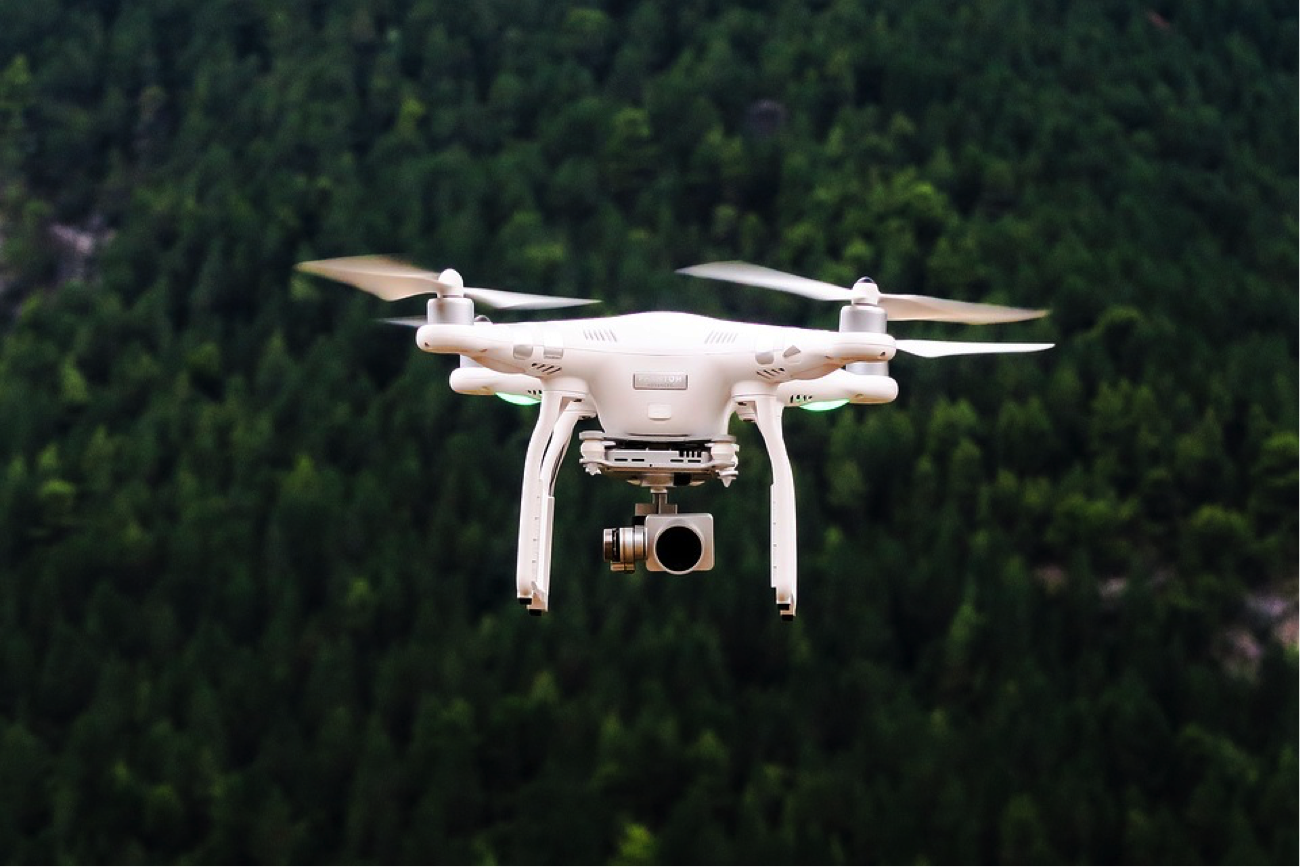Dangerous work is par for the course in many different industries. In 2016, 5,190 people died while on the job, making for an average of more than 14 work-related deaths per day. While eliminating all of the risk that comes with some jobs is unlikely, it is important to find ways to reduce employee risk exposure as much as possible.
In the quest to increase safety for human workers, technology can play an important role. The
Unimate robotic arm provides a good past example of technology being used to remove humans from dangerous working conditions. A
crawler which can transport a person of up to 250 pounds was created for the police department of Yokohama, Japan, to help carry victims to safety after an earthquake.
In the modern day, we are starting to utilize drone technology as a way to protect human workers and keep them from numerous hazardous situations.
Reducing Exposure to Hazardous Substances and Radiation
Presently, there is a wide range of situations where workers may need to expose themselves to various toxins or radiation. When people need to work in environments that could be harmful to their health, limiting exposure is critical. These dangerous situations increase the likelihood of injury or illness occurring.
As one
workers compensation attorney in Philadelphia explains, employers may have to compensate injured workers for up to 500 weeks. Not only that, but a work injury often leads to a decrease in productivity for the entire team. Drones could be the perfect solution to many of these risky situations.
As an example, you can look at how
drones were used after the disaster at the Fukushima Daiichi Nuclear Power Plant. In this case, drones collected information that was vital to managing the disaster. With high radiation levels, this task would have been too dangerous for humans, but the drones made it possible for people to observe from a safe distance as the necessary information was collected.
Disaster Response and Dangerous Inspections
The focus of disaster management is to save lives, but this often puts the human responders at a great deal of risk. These professionals have to deploy quickly, and they often have to operate in unsafe and unknown conditions.
Thanks to drones, much of this risk can be reduced. The machines can survey the damage from a disaster to create maps for the first responders. Not only that, but they can also be used to do things like locate survivors and deliver supplies to people in need of assistance.
Falls are one of the most common causes of workplace injury and death. In some of these cases, the individual might be working at a height to inspect the safety of a piece of equipment. By using drones, these inspectors could stay safe on the ground while still being able to perform a full inspection. This technique could work for inspections at construction sites, bridges, cell phone towers, skyscrapers, and more.
Surveying Power Lines
The lines that transmit electricity to homes and businesses need regular maintenance. Part of this maintenance includes having a crew survey the lines for damage and inspect for branches and vegetation that could knock the lines down.
When a human does this job, there is some risk involved. They have to work closely with the high voltage lines, and they may also have to work at a height. When you give this job to a drone, beyond just reducing the risk to human workers, it can also be done in less time and at a fraction of the cost.
Risk reduction is critical for organizations that have employees working in high-risk situations. It’s not only good for the workers, but it is also good for the company. When you find ways to reduce the risk of death and injury, you can effectively reduce the number of expensive workers’ compensation claims and lawsuits. Furthermore, workplace safety can also have an impact on job satisfaction. By doing what you can to provide safe working conditions, you can maintain a company culture that is more positive and more productive.
















Comments